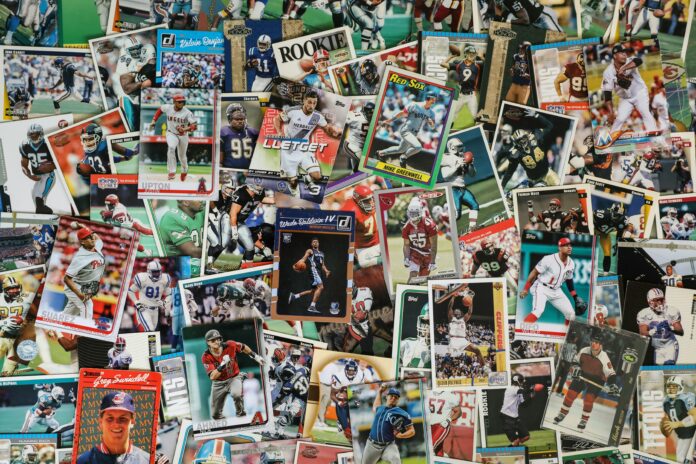Collecting items is a popular hobby that spans generations and interests. From stamps and coins to rare toys and art, collectible items offer both personal satisfaction and potential financial investment. This guide explores the fascinating world of collectible items, providing insights into different types of collections, tips for starting and maintaining a collection and understanding the value of your collectibles.
Types of Collectible Items
- Stamps
- Philately: The study and collection of stamps is one of the oldest and most widespread hobbies. Collectors may focus on stamps from specific countries, eras or themes.
- Value Factors: Condition, rarity, historical significance and demand determine a stamp’s value. Rare misprints and limited-edition stamps are particularly sought after.
- Coins
- Numismatics: Coin collecting involves the study and collection of currency, including coins, tokens and paper money. Collectors may focus on specific periods, countries, or types of currency.
- Value Factors: Age, rarity, historical context, condition and metal content (e.g., gold or silver) influence a coin’s value.
- Vintage Toys
- Classic Toys: Vintage toys, such as action figures, dolls and board games, are cherished by collectors. Items from popular franchises like Star Wars, Barbie and LEGO are particularly desirable. A Charlie Bear is a beautiful collector item for those wishing to start collecting toys.
- Value Factors: Original packaging, condition, rarity and brand influence a toy’s value. Limited editions and discontinued models are highly prized.
- Trading Cards
- Sports Cards: Collectors seek cards featuring athletes from sports like baseball, basketball and football. Rookie cards and limited editions are especially valuable.
- Entertainment Cards: Cards from franchises like Pokémon, Magic: The Gathering and Yu-Gi-Oh! attract avid collectors. Rarity, condition and demand affect their value.
- Books and Comics
- Rare Books: First editions, signed copies and limited prints are highly collectible. Classic literature, historical documents and influential works are particularly valued.
- Comics: Comic book collectors seek first appearances of popular characters, rare issues and high-grade copies. The condition (graded on a scale) and rarity influence value.
Tips for Starting and Maintaining a Collection
- Research and Educate Yourself
- Understand the history, value and market trends of the items you wish to collect. Read books, join collector groups and follow industry news to stay informed.
- Set a Focus
- Narrow your collection focus to avoid being overwhelmed. Specialise in a particular type, era or theme that interests you.
- Start Small
- Begin with affordable items and gradually work your way up to more valuable pieces as you gain knowledge and confidence.
- Quality Over Quantity
- Prioritise high-quality items in good condition, as they tend to retain or increase in value over time.
- Insure Your Collection
- Consider insuring valuable collectibles to protect against loss, theft or damage. Appraise your collection regularly to ensure adequate coverage.
Understanding the Value of Collectibles
- Condition
- The state of preservation of an item significantly impacts its value. Mint or near-mint condition items are generally more valuable than those showing signs of wear or damage.
- Rarity
- Items that are rare or limited in production are typically more sought after and valuable.
- Demand
- The popularity of a particular collectible within the market influences its value. Items related to trending or iconic franchises often see higher demand.
- Provenance
- The history of ownership and authenticity of an item can enhance its value. Items with documented provenance are more desirable to collectors and investors.
- Historical and Cultural Significance
- Collectibles associated with significant historical events, figures or cultural movements often hold higher value due to their contextual importance.
Conclusion
Collecting items is a rewarding hobby that combines personal interest, historical appreciation and potential financial investment. Whether you’re drawn to stamps, coins, vintage toys or fine art, understanding the nuances of your chosen collectible field is key to building a meaningful and valuable collection. With careful research, focused collecting and proper care, your collection can provide enjoyment and satisfaction for years to come.
Help keep news FREE for our readers
Supporting your local community newspaper/online news outlet is crucial now more than ever. If you believe in independent journalism, then consider making a valuable contribution by making a one-time or monthly donation. We operate in rural areas where providing unbiased news can be challenging. Read More About Supporting The West Wales Chronicle























